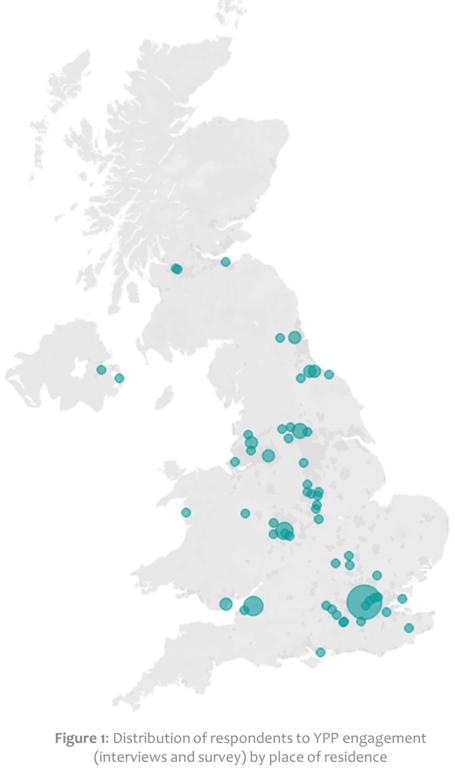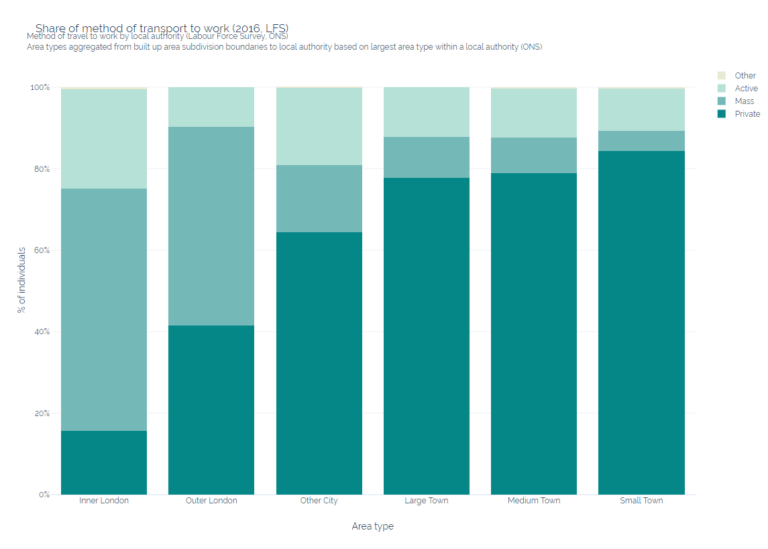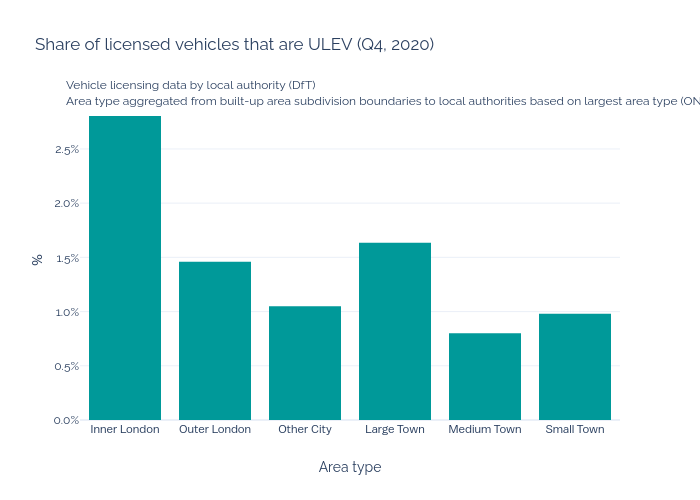An opinion piece by Mike Davis, Consultant Engineer at E4Tech, and Jo Garvey-Rae, Senior Cost Manager at Turner & Townsend, both members of the Commission’s Young Professionals Panel.
The last 12 months has seen a renewed recognition that some towns and places are being left behind, both in terms of productivity and wider quality of life. The Government has announced several pots of funding to ‘level up’ towns, including the £4.8bn Levelling Up Fund and the £3.6bn Towns Fund. In order to make the most of this money, it is critical to understand what kind of infrastructure will have the greatest impact on economic and social growth.
The government has asked the Commission to undertake a Study on Infrastructure, Towns and Regeneration, which will focus on how digital and transport infrastructure can best support economic growth and quality of life outcomes in towns. To support the study, the Young Professionals Panel (YPP) has been speaking to young people living in towns across the UK (Figure 1) to understand what their priorities are for infrastructure investments and what they would like to see change.

In our previous blog post, we outlined our top ten proposals for driving change; while the YPP emphasised the importance of the role of rail in supporting economic growth and enabling the transition to net zero, we were struck by the number of people residing in towns who told us they were highly dependent upon cars to access jobs and social infrastructure. Our engagement highlighted difficulties in commuting by public transport to or from towns, citing challenges associated with lengthy commutes, mixed-mode journeys and how the ‘last mile’ is often the most difficult part.
When discussing commuting to work, one interviewee said “no buses went anywhere near – it would be a 10-minute bus ride followed by a 40-minute walk. Also, the path you have to walk is so convoluted, and the final stretch you’d have to walk 100-200 yards through mud which wouldn’t work when the weather is bad.” Others highlighted issues associated with public transport timetables which do not always provide journeys with arrival and departure times suitable for standard working shift hours; “when I first started [work] a colleague had to get her shift hours changed by 15 minutes so she had to start 15 mins earlier, just because she couldn’t get home. There were times where if she got stuck doing something at work, she’d have to get a taxi which probably cost £30.”
Through our conversations, it was also evident that the mindset of young people in towns can be car-centric irrespective of challenges associated with alternative travel methods; “I honestly don’t have any experience of public transport in the town where I grew up because at the age of 17, as soon as I got a driving licence I got used to driving everywhere and haven’t tried to use public transport since. Me and my sister bought a car when I was 16 and as soon as I could drive, I drove everywhere.”

This culture of reliance on private transport in towns is supported by the available data (Figure 2). This shows the percentage of people commuting to work by private methods of transport (e.g. car, van, motorbike, taxi) in towns is between 78 and 84 per cent. This compares with compares to 64 per cent in cities excluding London, 41 per cent in outer London and 16 per cent in inner London. Notably, uptake to date of ultra-low emission vehicles (ULEV) vehicles (Figure 3) is highest in inner London, where reliance on private vehicles to commute is lowest, and uptake of ULEVs is lowest in small and medium towns where reliance on commuting via private vehicles is highest.

Our engagement suggests that reliance on cars in towns is deep rooted and complex – driven by a multitude of factors that will likely be difficult to break down any time soon. If we are to reach our net-zero targets, should our immediate focus be on supporting a switch from petrol and diesel vehicles to ULEVs in towns, where public transport investment would appear to be harder to target due to less dense populations? While this may appear logical, the NIC’s recent behaviour change and infrastructure beyond Covid-19 study warns that, as populations increase continued reliance on cars will inevitably lead to greater congestion, bringing some towns close to a ‘tipping point’.
It’s clear that we’re entering a complex period for infrastructure policy making in this area, which must chart a course between the pressing need to decarbonise transport and ensuring solutions that work for the whole population. There is a balance to strike between pursuing modal shift from cars to public transport, walking and cycling, and supporting a switch to ULEVs. Would varied transport investments based on population density be most effective? Should we base investment on demand? This could mean an ‘outside in’ approach for ULEV charging, targeting initial infrastructure investment in towns and working inwards towards cities, and an ‘inside out’ approach to decarbonising public transport, targeting investment into cities and working outwards towards towns and more rural areas?
While some individuals have reduced their public transport use in favour of private cars following Covid-19, the industry is working hard to adapt public transport for improved passenger safety and confidence. In today’s climate, it is difficult to predict what will happen to demand over the course of a typical transport infrastructure project lifecycle, but the long-term role of cars in towns is certainly one that we consider to be key to achieving our net-zero and levelling-up targets.
The views expressed reflect those of the authors rather than the Commission.




